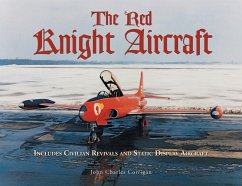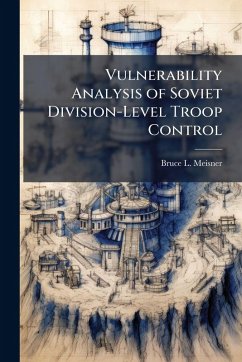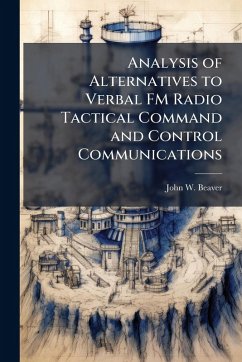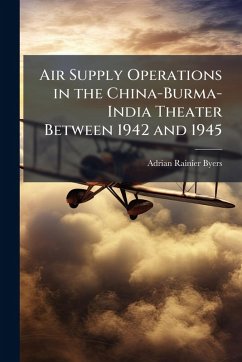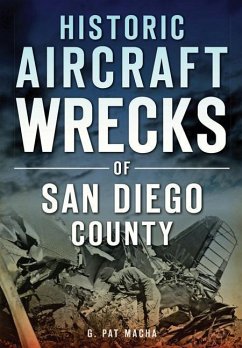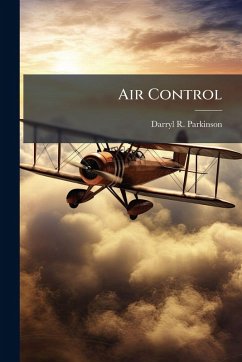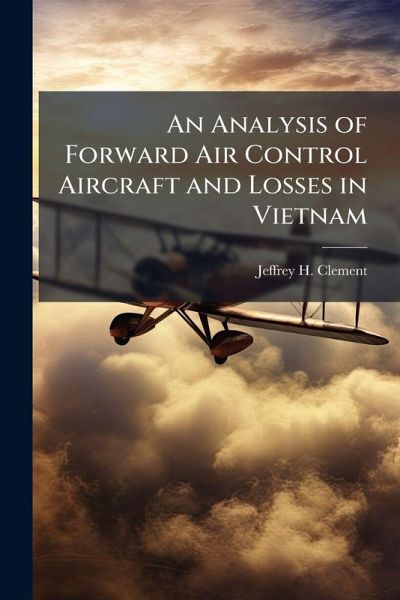
An Analysis of Forward Air Control Aircraft and Losses in Vietnam
Versandkostenfrei!
Versandfertig in über 4 Wochen
14,99 €
inkl. MwSt.
Weitere Ausgaben:

PAYBACK Punkte
7 °P sammeln!
Imagine yourself as a young Lieutenant with little flight time, or even a seasoned combat pilot, and your new flying duties were being described to you for the first time. "I want you to fly an unarmed civilian airplane with no ejection seats and next to no defensive or offensive capability over some of the most well armed turf in the history of warfare. Oh, yeah, and I want you to fly it really, really low and really, really slow. As a matter of fact, while you're up there, why don't you just fly in circles over the spot and see what happens." 1 This is not far from the reality many Forward A...
Imagine yourself as a young Lieutenant with little flight time, or even a seasoned combat pilot, and your new flying duties were being described to you for the first time. "I want you to fly an unarmed civilian airplane with no ejection seats and next to no defensive or offensive capability over some of the most well armed turf in the history of warfare. Oh, yeah, and I want you to fly it really, really low and really, really slow. As a matter of fact, while you're up there, why don't you just fly in circles over the spot and see what happens." 1 This is not far from the reality many Forward Air Control pilots experienced during their combat tours in South Vietnam. Some of these pilots went by Jake, Covey, and Speedy call signs and flew missions over the skies of Southeast Asia. . The purpose of this paper is to analyze three distinctly different aircraft that formed the backbone of slow moving Forward Air Control during the war in Vietnam (Figure 1). The capabilities and limitations of the O-1 Bird Dog, O-2 and OV-10 Bronco and their contributions to mission effectiveness will also be discussed. See Figure 2 for photographs of the aircraft. Finally the survivability from various enemy threats to the aircraft and aircrew will be analyzed using recorded historical data. The Forward Air Controller, commonly referred to as the FAC, provided the link between the ground and air forces. They fulfilled a vital and indispensable part of the tactical air war in Southeast Asia. The FAC had many duties including control of close air support (CAS) for ground troops and Special Forces teams, Search and Rescue operations (SAR), and Visual Reconnaissance (VR) missions, to name a few. He faced many threats and was constantly restricted by limitations imposed upon him such as bad weather, the Rules of Engagement (ROE), or the simply the capability of the aircraft that he flew to accomplish his mission. This work has been selected by scholars as being culturally important, and is part of the knowledge base of civilization as we know it. This work was reproduced from the original artifact, and remains as true to the original work as possible. Therefore, you will see the original copyright references, library stamps (as most of these works have been housed in our most important libraries around the world), and other notations in the work. This work is in the public domain in the United States of America, and possibly other nations. Within the United States, you may freely copy and distribute this work, as no entity (individual or corporate) has a copyright on the body of the work. As a reproduction of a historical artifact, this work may contain missing or blurred pages, poor pictures, errant marks, etc. Scholars believe, and we concur, that this work is important enough to be preserved, reproduced, and made generally available to the public. We appreciate your support of the preservation process, and thank you for being an important part of keeping this knowledge alive and relevant.





